
Of all Africa’s animals cattle have always been the most important to the Samburu and Maasai tribal people of East Africa. As far back as they can remember, cows have represented wealth – the more african cattle an african tribal person has (some have 500 cows) the wealthier he is.
To the African tribes people, African cattle are currency.
Most African tribal families raise cows for blood and milk, but their monetary value lies in the fact that they can be sold and traded for goods and services. Goats and sheep are also kept for meat and milk, along with donkeys for labor, such as carrying containers of water to and from the river.
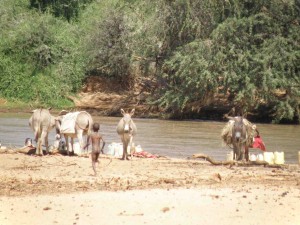
OWNING CAMELS OVER AFRICAN CATTLE IS GOOD FOR AFRICA’S ANIMALS
Several years ago I was invited by Heifer International to visit their ‘Maasai Camel Project’ in Tanzania. Heifer realized the numerous advantages of camels over African cattle, and offered camels to some willing Maasai people who agreed to give camels a try.
Camels produce more milk, are more tolerant of drought conditions, feed from plants that are not attractive to Africa’s animals, and have hoofs that don’t cause soil erosion.
In other words, a camels habitat requirements are more suited than a cows to the harsh African desert conditions.
These African desert animals are also great transportation. I wrote about riding on a camel in my post An Unlikely African Desert Romance .
“Camels don’t need a lot of looking after. You can let them loose at night without fear of lions,” one of the Maasai people from this project told me.
The more I learned about camels, the more they seemed like an obvious alternative to cattle. For practical reasons, as well as solving some human/wildlife conflict issues, I was sure the practice of owning camels would spread quickly among the tribal people in East Africa.
Fast forward….
Eight years after my Heifer visit I am in Kenya and Tanzania trying to understand why owning camels is still such an anomaly.
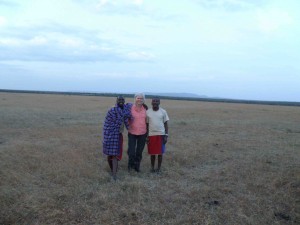
I ASK the MAASAI and SAMBURU MEN ABOUT CAMELS vs. COWS.
“Maasai will never use camels. Cattle is what we have always had.”
“But there are some Maasai in N. Tanzania using camels now,” I respond to Edward, a Maasai warrior who is my guide at the safari lodge I’m visiting in Kenya.
He probably doesn’t believe me, says he “knows nothing about that”, and shrugs his shoulders while repeating, “Cows are what we have always had. We aren’t changing.”
“We don’t like the taste of camel meat or milk,” another Maasai tells me.
None of the Maasai people I spoke to have any interest in discussing camels, let alone learning more about the advantages of camels compared to cattle.
When I explain to a group of twenty-something men from the East African Samburu tribe that the Maasai are not interested in camels, one of them explains, “The Samburu have had more experience and interest in camels [than the Maasai] because we have always seen the Somalias bring them here across the border.”
The Samburu live in Northern Kenya, close to Somalia where camels are common place.
“So why don’t more of you have camels instead of cows?” I ask.
“My family wants camels. But we can’t afford them,” says one young man.
“Camels are good, but they are very expensive,” agrees another.
“How much does a camel cost?” I ask.
“How much?” he repeats then answers, “One camel = 36 goats or sheep. One camel = 3 donkeys. One camel = 12 cows.”
(I am told later a camel costs 60,000 K shilling, around $850 US dollars).
“But camels are good for milk, meat, blood and carrying things, so they can replace cows, sheep, goats and donkeys?” I say. They are African desert animals. It makes so much sense to trade in your other animals for them, no?”
Trading his animals for a camel is not something he has ever thought about.
IT’S NOT ABOUT PRACTICALITY
Then I realize this camel vs. cow debate is not about practicality. It’s about tradition. The Maasai and Samburu people are infamous for holding on to their traditions despite the ever-encroaching modern world surrounding them, and I admire them for that.
Young Maasai and Samburu men use the number of cows they have to attract their potential wife. The more cattle, the better chance they have at finding the best girl. “No girl is going to pick someone with 1 camel over someone with 12 cows.”
Everyone seems to agree that quantity is what counts most in matters of the heart.
But then I visit another Maasai tribe and while talking to a seven year old boy who is the goat herder for his family, I ask, “When you grow up, do you want to have cattle or camels?’
“Camels,” he says without hesitation.
I won’t tell Edward about this Maasai boy who does not want an African cow. Even if I did tell Edward, he wouldn’t believe me.
If you care about saving Africa’s Animals SIGN UP at SAVINGWILD.COM and become part of our tribe.
5 Replies to “Can Camels Save Africa’s Animals?”
Comments are closed.

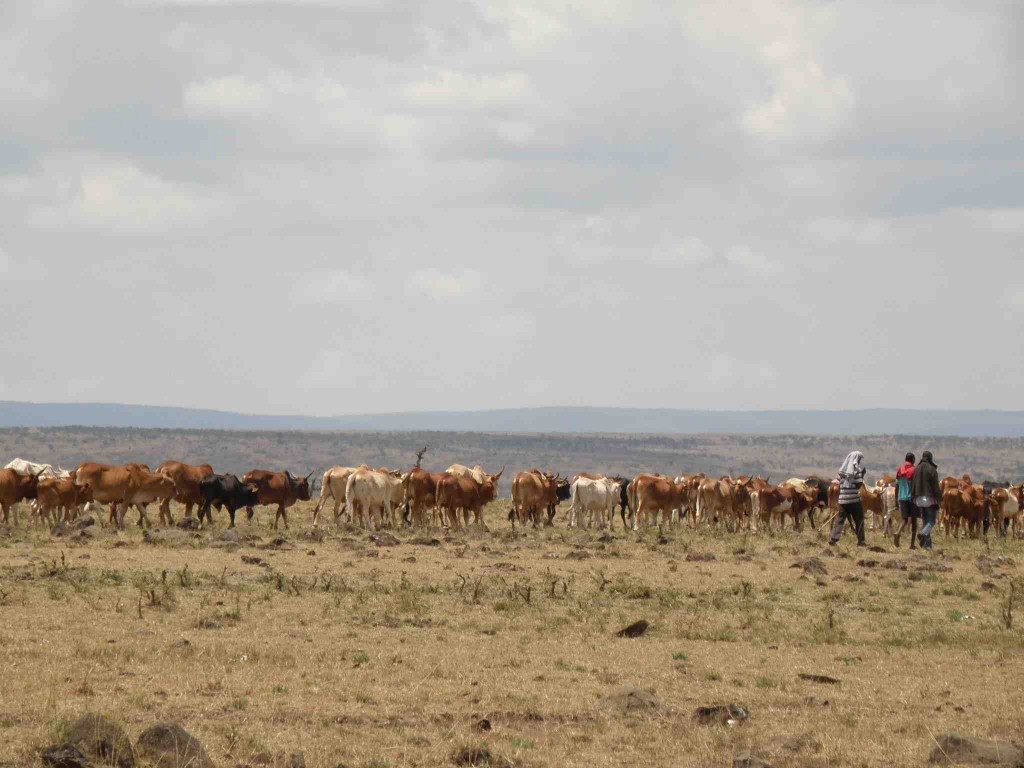
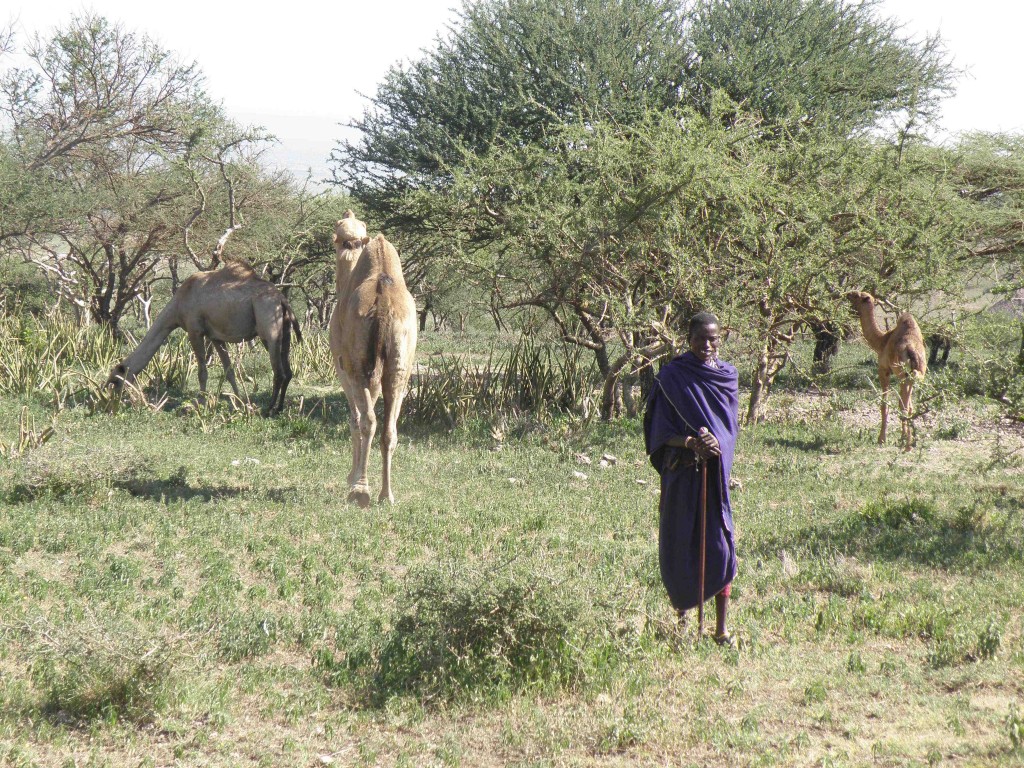
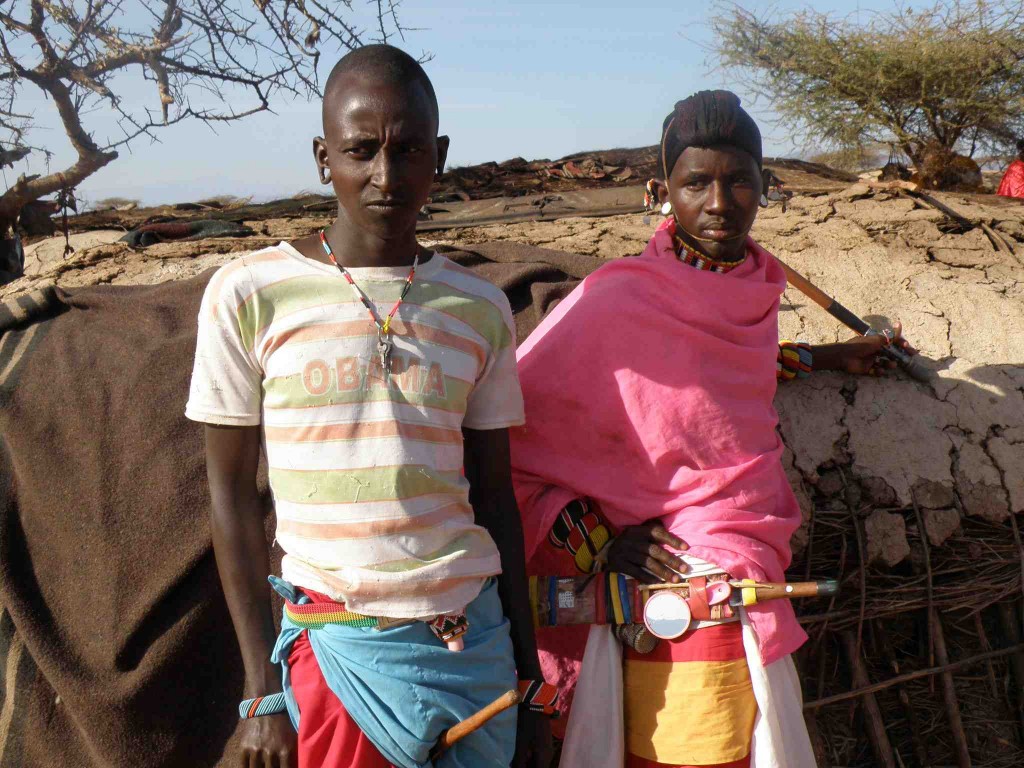
This is interesting Lori. I would like to know what the native ecology is and what the role of ungulates has in it.
Hi Stephanie, this is a big question but in general the hoofs of some ungulates, ie the wildebeest, tear up the grasses releasing bugs and causing new growth for other animals. But the wildebeest do not generally stay in one area for long. They migrate. Cows hoofs are known to cause desertification but they tend to stay in areas and don’t migrate.
I had a professor who worked in the horn of Africa once tell a story about trying to translate the lyrics to the Bob Dylan song she was listening to, to the Turkana tribe she was staying with and they asked her, “Don’t you have any songs about cows?” Cows are a major part of the culture and are tied into more than just food but it is very interesting that the next generation is interested in the concept of raising camels. Lori, how do you advocate for conservation tactics that conflict with cultural practices? It seems like it would be very difficult.
I don’t know why, but today i found muself curious about the history of camel cavalrys, ‘camelrys’. i’m Kenyan and i have seen many a bonebag collection lining the roads ringing nairobi (by the time they head for Dodge theyr usually dessicated). I always think, why don’t they ride the damn things? Thr not the fadtest but hell they aint got place else to be away from the cows! I know indians ride water buffalo…..but more to the point, i know horses never entered the equatorial zone cuz of tsetses. What bout camels?
All the ‘local’ coes, goats, sheep came from wstern asia anywsy, so why did a dryland, disease resistant ride/pack animal from there not interest anyone? Camels seem too perfect for the neglect people in marginal lands (without much margin for benefit-neglect) have shown fr CENTURIES, outside the sahara/red sea trade routes. Becsuse there’s synergy, not necessarily either/or. Or were cowboys really the first nomads who figured to use horsed to herd cows? Reslly, buncha immigrants inventing lifestyles while not dodging well-deserved tomahawks vs precious ancient traditions , and the tomahawk dodgers win??? And you people believe in god….
Such an interesting article, Lori and I love that you investigated the cow vs. camel situation so thoroughly. It is truly fascinating to be able to learn about the different cultural traditions and the meaning behind things that might seem silly to us, but very purposeful to them.
– Sandy